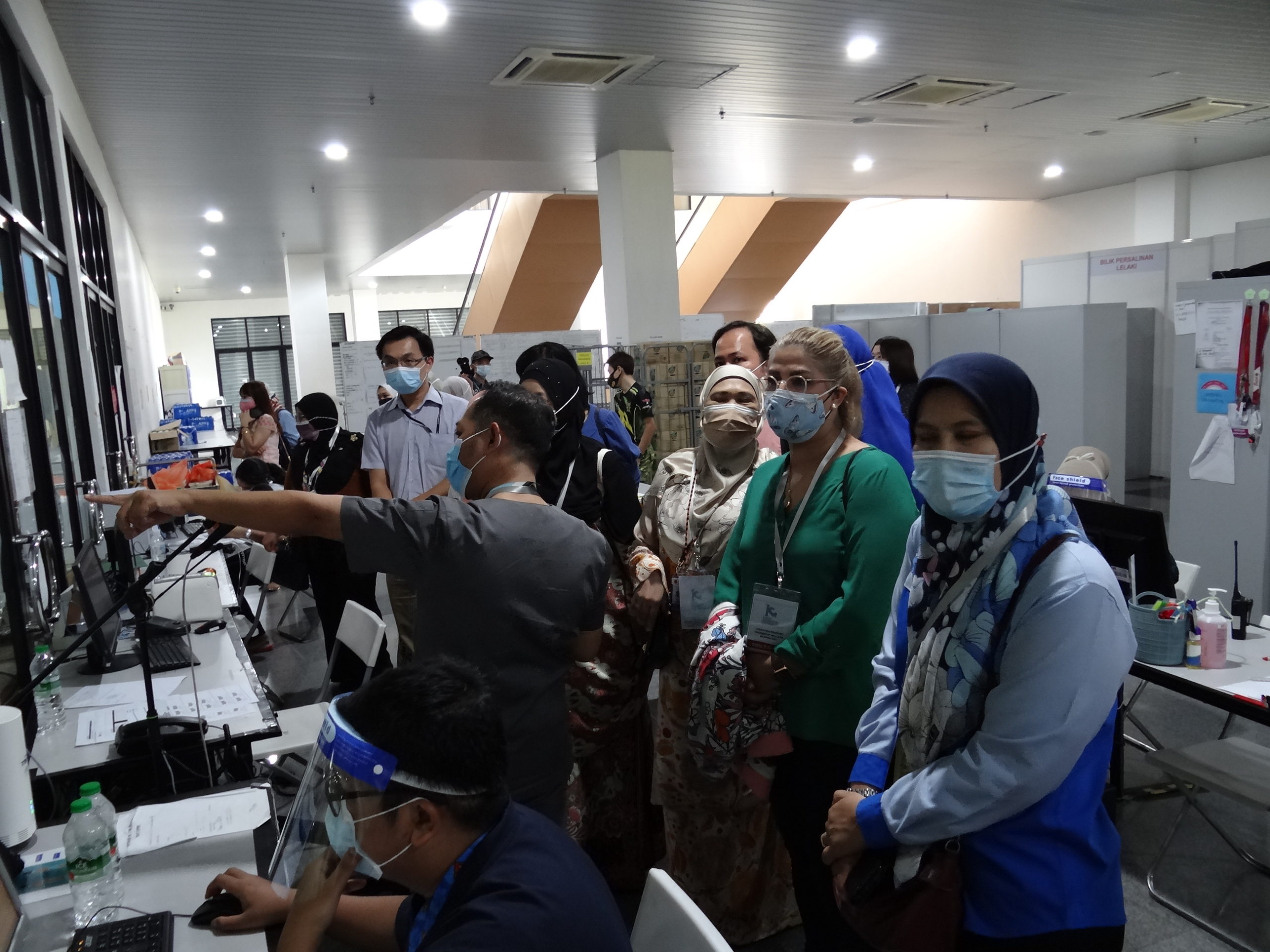The first COVID-19 case in Malaysia was a Chinese Tourist coming in from Singapore through Johore check-point on the 23rd January 2020 and was diagnosed COVID-19 positive on the 25th January 2020. The World Health Organization (WHO) on 11th March 2020 declared the COVID-19 as a pandemic, pointing to the over 118,000 cases of coronavirus illness in over 110 countries and territories around the world and the sustained risk of further global spread. Malaysia has experienced three waves of COVID-19 cases since 25 January 2020.
The second wave started on 27th February 2020 from a religious gathering of about 14,000 Malaysians and 1,500 foreigners held at a mosque in Seri Petaling, Kuala Lumpur. The cluster recorded a total of 3,375 COVID-19 cases with more than 30 fatalities. The rapid increase in the number of cases has led to a strain in the hospital capacity in Malaysia. There was a need to identify a solution to address these shortages.
There are basically two ways to increase the hospital capacity of the country when the existing facilities are not able to cope with the rising number of cases. The first is to build a hospital from the ground up. The Chinese built a 1000 bedded hospital from the ground up in just 10 days. The second was to convert existing facilities like schools and convention centres. During the second wave, Malaysia has taken the second route, the Malaysia Agro Exposition Park Serdang (MAEPS) was converted into the Integrated COVID-19 Quarantine and Treatment Centre with a capacity of 604 hospital beds. The centre received its first patient on 16 April 2020 and was subsequently closed on 15 July 2020 due to the decreasing number of COVID-19 cases in Malaysia.
The third waves which started on 8 September 2020, driven by cases from clusters in Kedah and Sabah, with spread to other states; Selangor recorded the highest increase among states in Peninsular Malaysia. This led to the reactivation of the Integrated Patient Quarantine and Treatment Centre at MAEPS – Pusat Kuarantin dan Rawatan COVID-19 Bersepadu MAEPS Serdang 2.0 (PKRC-MAEPS2.0).
The staff and postgraduate public health students from the Department of Social and Preventive Medicine, Faculty of Medicine, University of Malaya, and staff from the Occupational Safety Health and Environmental Unit, University Malaya Medical Centre (UMMC) was fortunate to have the opportunity to visit PKRC-MAEPS2.0 on 9 April 2021. This was also an opportunity for the Master of Public Health and Doctor of Public Health students to meet with their colleagues and staff from the Department face-to-face. This is because, since the start of the 2020/2021 intake, all classes have been conducted online.
Dato’ Indera Dr Sha’ari Ngadiman the Selangor State Health Director and the Medical Commander for the Central Region shared his experience of setting up a field hospital during a disaster. The main leadership principles for the successful implementation consists of 4Ps; Political Will, Policy, Participation and Perseverance.
The capacity of PKRC-MAEPS2.0 has been increased to 10,000 beds. Four of the halls in MAEPS and two make-shift halls were used to house Malaysian and Foreigners. The facilities were able to cater to patients from Category 1-4, which is possible with the negative pressure tent and intensive care units (ICU). The facilities also included screening centres, discharge hall, vehicle decontamination areas, housing for the military and police personnel, medical officer lounge, prayer rooms, coffee stations, on-call room and childcare centres. The other personnel whose house is more than 25km from PKRC-MAEPS2.0 are housed in the nearby 4-star hotels. The patients and workers are provided with free food.
At the time of the visit, PKRC-MAEPS2.0 has received a cumulative of 71,809 COVID-19 patients, where 66.08% are Malaysian and the rest are foreigners. PKRC-MAEPS2.0 not only cater to patients from the Central Region, i.e., Selangor, Putrajaya and Kuala Lumpur, it also take in patients from nearby states; Negri Sembilan, Pahang, Terengganu, Perak, Melaka and Johor.



























This article was written by Professor Dr Victor Hoe, Department of Social and Preventive Medicine, Faculty of Medicine, University of Malaya.





You must be logged in to post a comment.